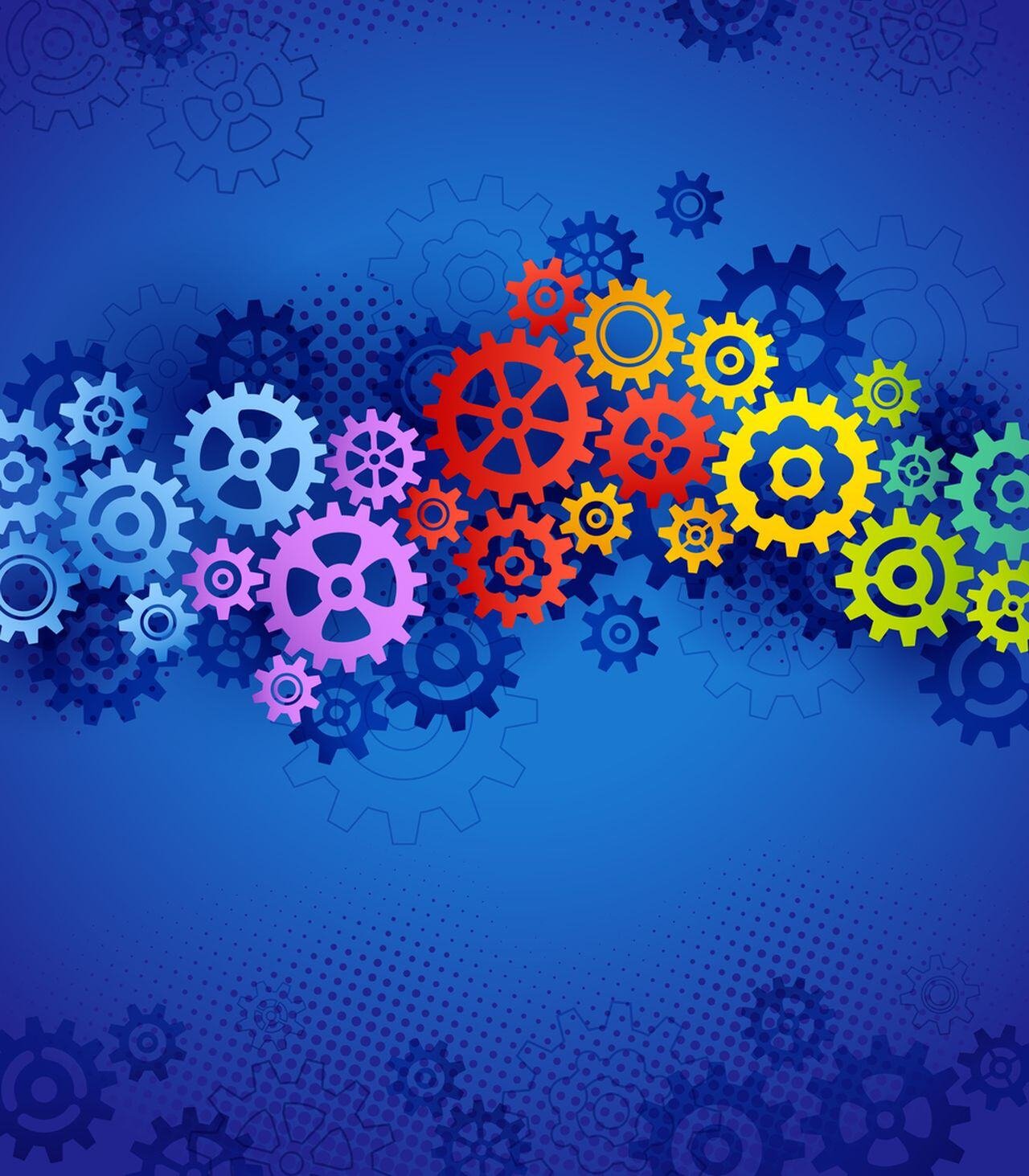.png?width=2400&height=1260&name=BlogBanner1200x630@2x%20(1).png)
Efficiency or resilience in your supply chain? AI can help you tackle the tradeoff

Over the past two decades, heightened vulnerability and witnessed disruptions, such as the US-China trade dispute, the COVID-19 pandemic, the semiconductor crisis, and the conflict between Ukraine and Russia, have jeopardized the profitability and continuity of supply chains. To address these challenges, organizations must reinforce their predictive capabilities to effectively implement mitigation strategies in advance and to develop supply chain resilience as an innate capability. However, executives may feel that implementing practices to protect against these threats could be costly.
AI technologies can integrate and analyze vast amounts of real-time data from various sources, sensors, ERP systems, public data, suppliers, and customer databases. AI-driven autonomous systems can streamline and optimize various supply chain processes and can deploy optimized operations, contextualized to the particular circumstances being experienced. Contrary to what you might think, AI technologies increase efficiency, reduce errors, and minimize the need for manual intervention.
In what ways can AI help ensure supply continuity?
You can dynamically strengthen your supply network by identifying potential sources of disruptions, bottlenecks, and concentration. AI-driven analytics tools can anticipate possible disruptions and threats by exposing vulnerabilities within the supply chain. This process leads to the creation of more accurate, proactive, and relevant business continuity plans.
Additionally, end-to-end connectivity can be enhanced, connecting from raw material sourcing to product delivery to the end customer. The combination of visibility and transparency allows for quick buy-in and commitment from stakeholders in addressing disruptions, leading to faster and more effective recovery efforts and decision making.
Here are some examples of companies using AI to ensure supply continuity:
Unilever and Siemens use AI to increase the resilience of their supplier networks by finding new suppliers and growing their supply base as part of their procurement strategy. For example, they assessed quality in supplier evaluation and found innovative new suppliers, during and post-pandemic, relying heavily on AI for their supplier management.
For Siemens, Scoutbee’s AI solution has streamlined supplier discovery, mitigating against price fluctuations, and avoiding the risk of supply chain disruption that comes with being reliant on single-source suppliers.
Other companies, such as Cisco, integrate AI-driven predictive analytics into their supply operations. They optimize inventory levels and anticipate demand fluctuations, minimizing disruptions. Cisco’s AI algorithms analyze historical data and real-time information, enabling proactive decision making for efficient logistics. This approach enhances resilience and responsiveness, ensuring a robust supply chain.
What foundation needs to be set to unleash the potential of AI for developing supply chain resilience capabilities?
One of the critical elements of successful, resilient supply chains is how they are focused on monitoring and quantifying value creation. For this purpose, the organization should define specific supply chain goals and expectations that facilitate a balance in the tradeoffs between the efforts in creating resilient supply operations and efficiency.
Cohesive panels of integrated metrics and key performance indicators are becoming more and more critical, while proactively designing and executing operations when a real disruption is imminent.
We could create a set of KPIs (Key Performance Indicators) that would be relevant for creating resilience capabilities for our supply chain, such as Time to Recovery to monitor the time the system would need to recover after an unexpected disruption; Time to Predict, in which AI, based on predictive machine learning techniques, can anticipate if a particular risk can impact supply operations; or Time to Survive, which assesses the duration of the current operations to fulfill demand, after an unexpected disruptive event.
These KPIs can be smartly combined to activate the corresponding mitigation and reactive tactics to help supply operations recover. You could provide the visualization of these KPIs customized to the scope of each supply chain stakeholder. And you could monitor their improvement in the so-called Key Learning Indicators (KLIs), so you can learn from past experiences.


